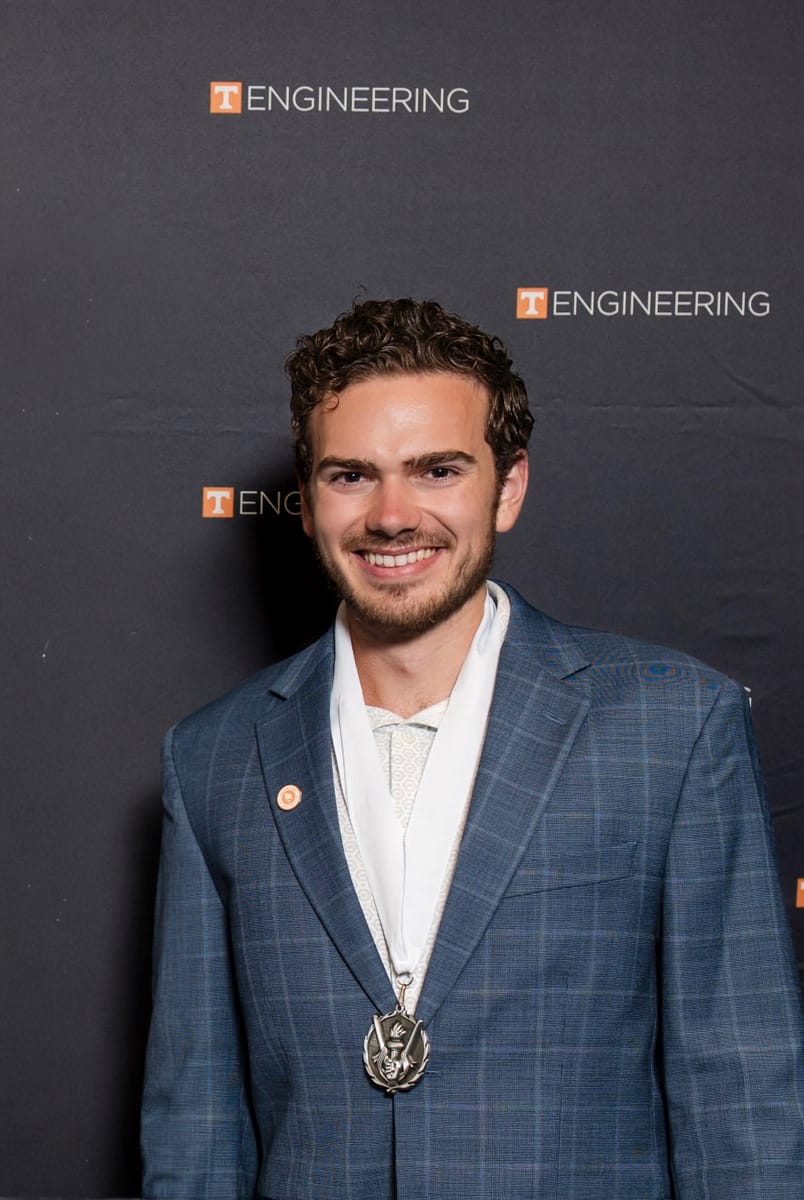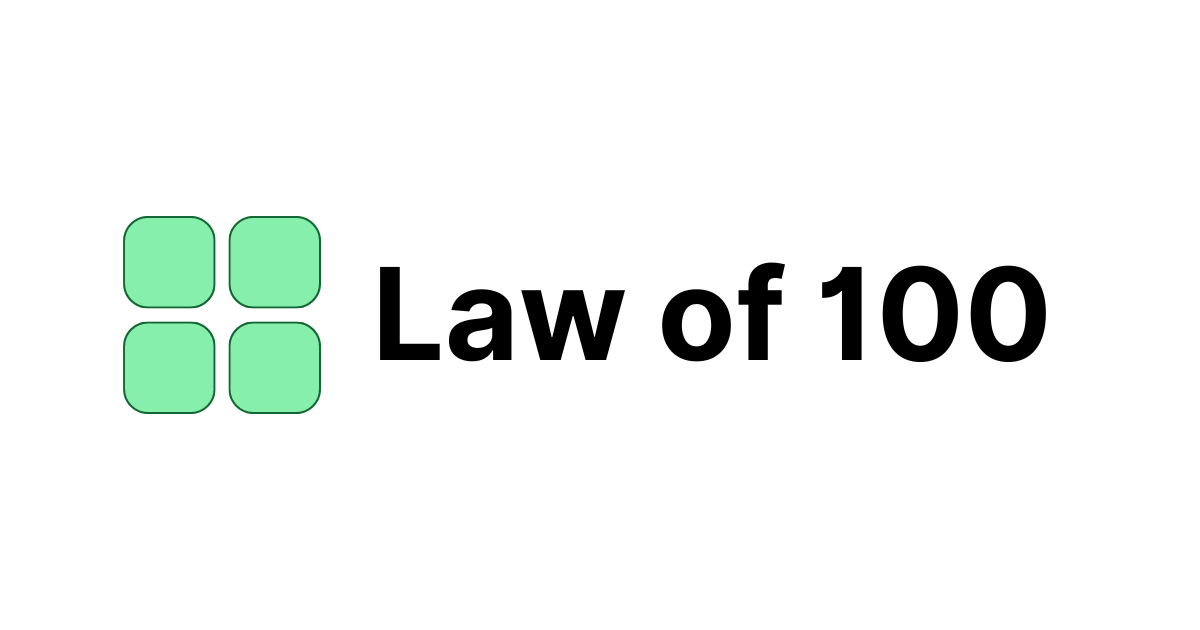
In today’s edition:
Craft your career strategy
Stick to it (develop consistency)
Speed up your feedback loop
Craft Your Career Strategy
Your career is yours to craft. Instead of being tossed wherever the wind blows, you can create a plan.
This plan considers where you want to end up and helps plot the necessary steps to get you there.
Applying Prateo’s principle

In 1906, Italian Vilfredo Prateo noticed that 20% of the citizens owned 80% of the land.
He found this strange correlation in everything from land ownership to the yield of grapes off of different grape vines in his garden.
Utilizing Prateo’s principle starts with acknowledging that most things do not have a 1:1 relationship. In fact, they often have non-linear relationships.
You could work on one project for 2 hours and another for 8 hours. Then the project you worked on for two hours may generate 80% of the positive results.
To apply this reality to your career ask the following questions:
What do I spend 20% of my time doing that causes 80% of the outcome?
What do I spend 80% of my time doing that accounts for 20% of the results and how can I reduce the time I spend on these actions?
What should I be spending more time on that would yield outsized returns?
Where are you going?
One of the best pieces of advice I have ever received is, “Start with the End in Mind.”
If you imagine what you want to accomplish in vivid detail, the path to get there becomes obvious.
Take a large goal you have and then split it into smaller, manageable work packages.
Do a few of these small work packages per week over time and you will have achieved your goal.
But how are we supposed to do this when we don’t know what we want?
Debbi Millman has a great exercise to help you discover where you want your life and career to lead.
“Your Ten-Year Plan for a Remarkable Life by Debbi Millman” Exercise:
Grab a sheet of paper and a pen
Block off 30 minutes of uninterrupted time
Imagine what your life will look like in 10 years and write about it in great detail
Review what you wrote once per year
Reflect on it and update it if necessary
“So let say it is [10 years from now]. What does your life look like? What are you doing? Where are you living? Who are you living with? Do you have pets? What kind of house are you in? Is it an apartment, are you in the city, are you in the country? What does your furniture look like? What is your bed like? What are your sheets like? What kind of clothes do you wear? What kind of hair do you have?
Tell me about your pets, tell me about your significant other, do you have children? Do you have a car? Do you have a boat? Talk about your career. What do you want? What are you reading? What are you making? What excites you? What is your health like?
And write this day, this one day ten years from now. …What does your whole day look like? Start from the minute you wake up, brush your teeth, have your coffee or tea, all the way through until minute you tuck yourself in at night. What is that day like for you?
Dream big dreams without any fear. Write it all down. You don’t have to share it with anyone other than yourself. Put your whole heart into it. And write like there is no tomorrow; write like your life depends on it, because it does.
And then read it once a year and see what happens.
It’s magic.”
Stick to it (even when you don’t feel like it)
Yep, I said it.
Do things you don’t really “feel” like doing today, so that you can reap the benefits later.
This is called Delayed Gratification.
This simple behavior will make you more successful than 99.9% of people on the planet.
While other engineers are lagging behind, you will be miles ahead in achieving your career goals.
Check out this famous video replicating a famous psychology study from the 1970s 👇
You’ll be dying laughing watching these kids, but remember those kids are you.
What motivates them are marshmallows, but you and I are motivated by other things.
The same neural circuitry they are using is in your brain too. Practicing delayed gratification on a daily basis will make it easier over time.
Be Consistent
To be a great engineer, you need to learn new things consistently.
I recommend reading, taking online courses, and spending a little time each day outside of work to hone your skills.
Remember the graph from the thumbnail for this series? Scroll up and look at it again, because that is the rate of growth and achievement I want for your career.
Law of 100
Be willing to suck at something for a while before you throw in the towel. It’s the only way to get good at anything.
Anyone who has ever been good at anything had to put in countless repetitions over time to become great.
When you start something new that you want to learn, commit to doing it 100 times before you quit that thing.
Just like going to the gym one time doesn’t create a perceivable difference in your physique, you won’t improve in anything if you only do it one time.
Below is a tool I think you’ll find very helpful. It has helped me tremendously in writing this newsletter.
There are days when writing this newsletter feels like work, but then there are days when I realize this has been one of the most rewarding things I have ever done.
See my journey in the image below.

My progress over 10 months writing this newsletter. Almost halfway there baby! 😅
Speed up your feedback loop
When your strategy for your career isn’t working (even after you have been consistent) consider increasing your learning rate (feedback).
Firstly, there are obvious, non-negotiable things you can do to position yourself in the prime position to reach the end you have in mind. Continue to do these things consistently.
However, there are small things you can tweak and change if you determine things aren’t working for you.
Let’s walk through an example.
Let’s say you want to become proficient at creating physical prototypes for a personal project you are working on.
Step one would be to use a CAD software to design something.
Step two would be to get it manufactured. You might want to send your design to a machine shop.
However, this means you won’t see the results of your design work for weeks. To shorten your learning time to hours or days, consider 3D printing your prototype to learn more quickly.
You can apply this technique to almost anything you are trying to learn or implement into your career strategy.
Find ways to get feedback more quickly so that you can speed up your development.
Takeaways:
It's time to craft your unique strategy for success!
Find a steady groove in the things that matter to you!
Get ahead of the game and learn quicker than the rest!
Photo of the Week:

Shot by Christopher Kuzman
Before you leave — HIT REPLY (and say hi)
Let me know what you think of this week’s newsletter by replying to this email. I read every response and would love to hear from you.
Rock on,
Camden

